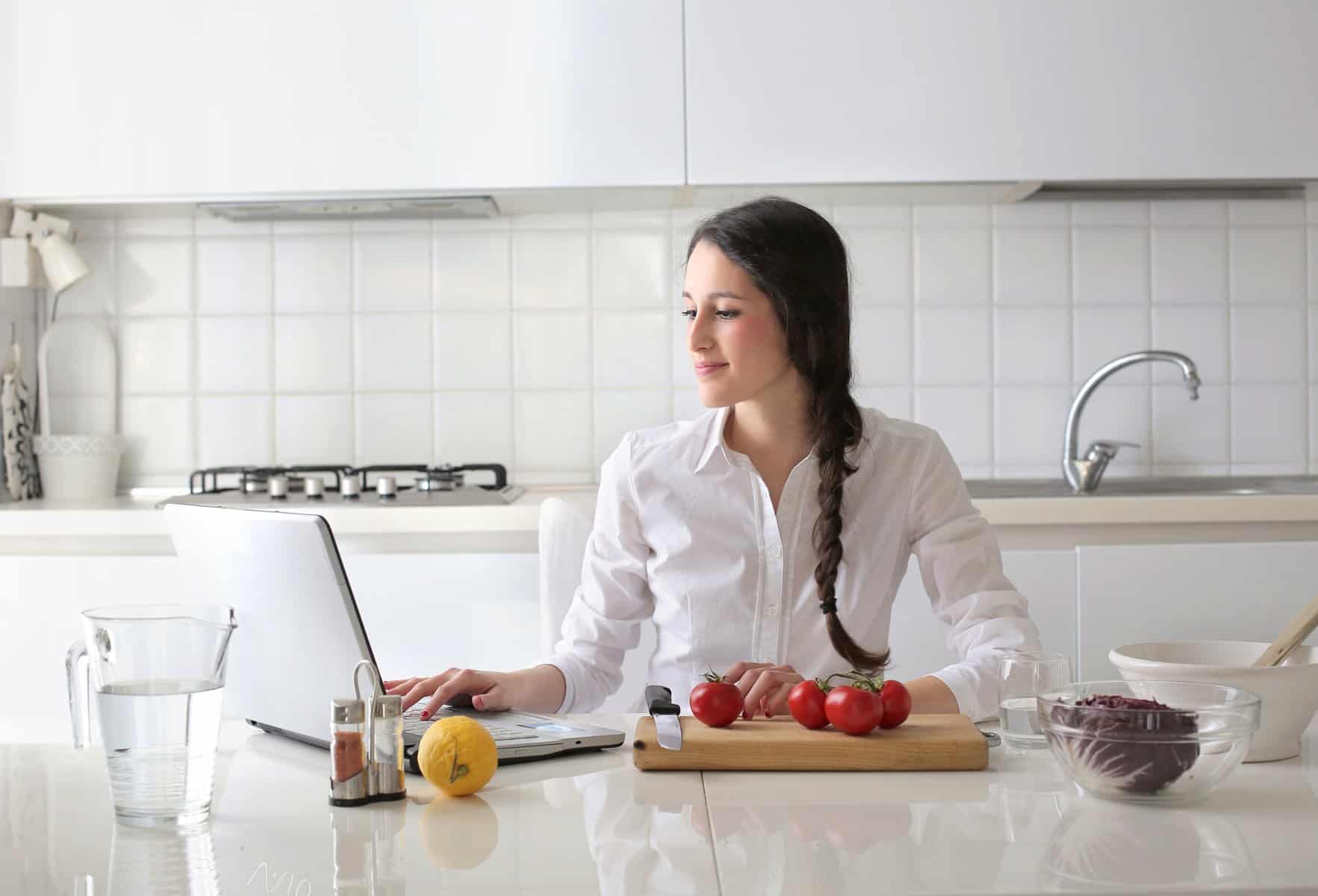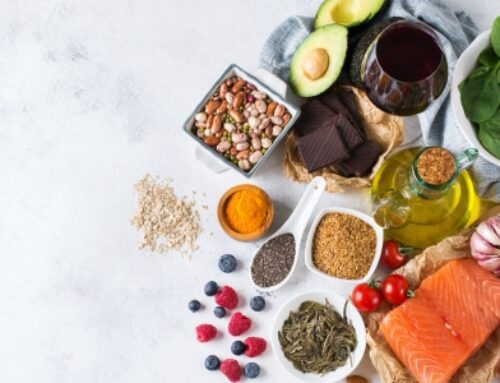
It’s not always easy to cook for ourselves – we often feel drained at the end of the day, and it seems like a big effort to put together a meal just for one person.
Perhaps your ingredients go off before you can use them or maybe you don’t feel like eating the same meal over and over from your well-intentioned bulk meal prep.
However, there are many benefits to eating home-cooked meals, such as saving money compared to eating out and earning satisfaction from new cooking skills. There may also be an association between cooking for yourself and improved health, as food cooked at home tends to have more nutrients and less sugar, fat and salt compared to foods purchased away from home!
Not sure how to bridge the gap between nightly meal deliveries and regularly cooking for yourself? Here are our practical tips to make cooking for one easy, tasty and delicious!
1. Get your staples sorted
A good stock of pantry essentials can help to take the pressure off with preparing meals. This means that you’ll have backups for throw-together meals or if you’re missing a component of a meal. Read here for our recommended pantry staples.
2. Make a plan
Make yourself a cup of tea and spend 10 minutes planning your meals for the week. Use this time to write your grocery list, so that you’ll have all the necessary ingredients for your recipes.
If you’re a Hub member, we’ve already done the planning for you! Check out our Cooking for One Meal Plans, which you can access via the Weekly Meal Plans page. Each weekly meal plan includes a recipe collection and a shopping list.
3. Small steps
Before you dive into making a new recipe every day of the week, aim to include some old favourite recipes in your meal plan. This approach can help with easing into cooking more regularly, because making new meals all the time can be exhausting and lead to burnout!
4. Cook once, eat twice (or more!)
Factor in some leftovers or bulk meal prepping into your meal plan. This can help to avoid waste and reduce the time needed to meal prep and pack your lunches in the morning!
Quick tips for leftovers:
- As part of your weekend plans, assign time to bulk meal prep for the week ahead (e.g. lunch and/or dinner meals)
- Use your freezer to store extra serves if cooking in bulk
- Try cooking up just the protein part of the meal to use with a variety of other components. For example, Mexican style meat & beans can be used with rice, burritos/tacos, toasted sandwiches or loaded sweet potato.
5. Try new cuisines and flavours
To avoid getting stuck in a rut with the same meals, try browsing through recipe books or YouTube videos for recipes from a range of cuisines. You can use these recipes to try new flavours and ingredients, keeping your meals interesting!
Alternatively, simple ingredients like spices, herbs, nuts & seeds, citrus juice/zest, feta or sauces are a great way to give your meals a flavour boost.
6. Use pre-prepared vegetables
One of the easiest ways to make your meals filling and nourishing is to add pre-chopped or frozen vegetables. There is a wide variety of pre-prepared veg which you could use for salads, tray bakes, stir fries, casseroles – make sure you check out the veggies in the produce and freezer aisles at your supermarket! A good guideline is to have vegetables making up half of your plate or meal.
7. Create an enjoyable atmosphere
If cooking is an uninspiring experience for you, think of some ways to make cooking the part of the day that you look forward to! Whether you fancy yourself a DJ or a true crime podcast devotee, playing music or a podcast is a great way to make cooking fun. You could invite a friend over for dinner or a video call, then cook and chat together. Pretend you’re on a cooking show where you are both the chef and the judge. Set the table for your meal, maybe light a candle. There could be many ways to make your cooking (and eating) experience more satisfying – see what works well for you!
8. Set a challenge
This one is for the competitive types! If you struggle to find the motivation to eat a variety of fruit & veg in your cooking, try aiming to ‘eat the rainbow’ each day or check off consuming 30 different plant foods each week!
9. Odd ingredients
If you’ve got a few odd veggies or other fridge items you need to use up, try typing those ingredients into Google or Taste.com – chances are there’s a recipe for your ingredients! Pair them with some pantry staples and you’ve got yourself a meal!
If you feel a bit lost on where to begin with your meal planning and overall diet quality, you’re not alone! Through our Signature Program, you can learn healthy eating principles and build long-term habits to ditch the food stress for good.



